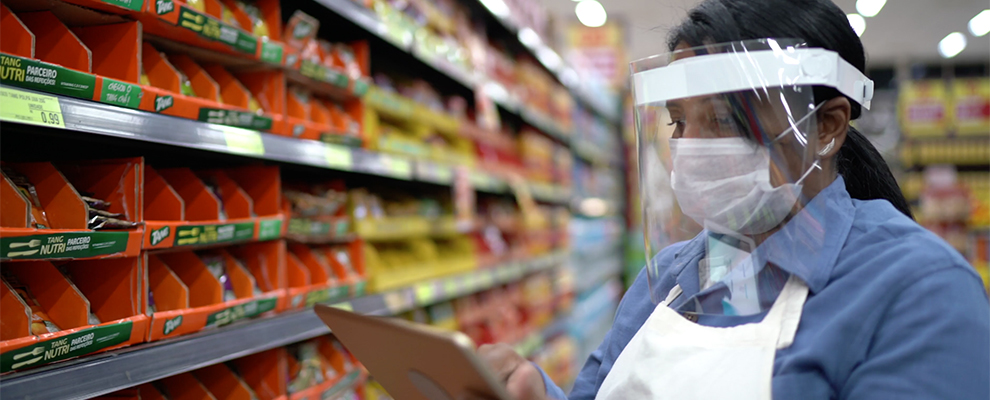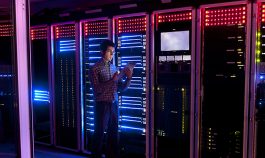Future Proofing Your Supply Chain: Getting Ready for the Fourth Industrial Revolution

When lockdowns around the world shuttered businesses in early 2020, the impact on our store shelves and on society itself was enormous. The global pandemic exposed the cracks in the global supply chain, and companies have lost millions due to their inability to provide their products and services on time.
Change in supply chains is nothing new, of course. Businesses have always improved their processes to make their products or services better, faster, and cheaper, through lean techniques and technology upgrades such as Blockchain, IoT, AI, and upscaling the workforce to meet evolving global demands.
But in a post-COVID world, supply chain leaders are looking at managing a vastly different environment. In an environment of volatility, demand planning and supply planning take on a whole new meaning.
Now is the time to transform, modernize, and create the supply chains of the future. We must diversify our supply chains and leverage new technologies and platforms so we can respond quickly to events as they unfold in the world, to support our customers, stabilize businesses, and meet society’s needs in terms of healthcare and food. It’s critical at this juncture.
Tune into the Think Summit replay for a supply chain roundtable featuring two enterprise leaders: Bombardier’s Joel Brown, Director, Strategic Initiatives Service Centres, Customer Experience, and IBM’s Jonathan Wright, Managing Partner, Cognitive Process Re-Engineering.
You’ll hear highlights from our discussion on how Canadian companies can future-proof their supply chains to get ready for the fourth industrial revolution.
- Why now is the time to modernize applications and workflows across supply chains by adopting a multi-hybrid cloud environment. Bombardier, for example, is using AI automation and cloud to improve their value chain. They are looking toward a complete modernization of their architecture by moving our infrastructure to the cloud so that they can be sustainable across the enterprise, rather than localized.
- How continuous intelligence planning can make supply chains more resilient. Demand forecasting uses AI, automation, and multiple data sources – both inside and outside the ecosystem. Having the right inventory in the right geographies for the right customer base will drive efficiencies in the supply chain.
- Why supply chain resiliency matters: How automation, AI and intelligent workflow will make it easier for employees to work and collaborate with different parts of the business. By driving on-shelf availability, we show that we understand consumer needs and priorities.
- For society, the new supply chain emphasizes sustainability and environmental, social, corporate responsibility. For example, Bombardier is using aircraft health monitoring systems for predictive aircraft maintenance through remote monitoring, remote diagnostics, remote fix for faster servicing. This approach is efficient and better for both the environment and the end customer.
- Risk management is key. The global pandemic has thrust the supply into unprecedented volatility and risk. The long period of relative calm and stability in the supply chain is over. In the future, managing the risk that arises from pandemics, trade wars, and the environment will be key factors in supply chain decisions, the technology we use, and the future of the business.
COVID-19 has taught us is that we cannot close our eyes and our ears to existential threats to employees, consumers, society, and the environment. Future-proofing the supply chain is critical to handling these threats.
To learn more about future-proofing your supply chain, visit ibm.com/supply-chain

Daniel Cascone, Vice President and Managing Partner, Cognitive Process Transformation, IBM


